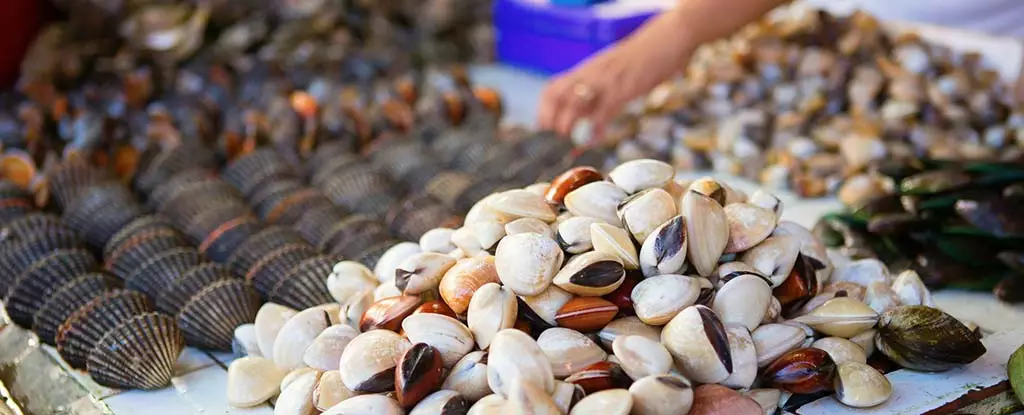The Philippines stands as a critical player in the global seafood market, boasting an impressive annual contribution of over four million tonnes. This positions the country as the 11th largest seafood producer worldwide. The vast and diverse tropical waters surrounding its archipelago are home to rich marine life, indispensable not only for local communities who rely on fishing for livelihood but also for global consumers. However, beneath this flourishing facade lurks a darker concern—certain microscopic marine algae that threaten this lucrative industry.
Recent research has unveiled two species of diatoms, minute algae capable of producing neurotoxins, lurking in farmed shellfish across the Philippines. Known as Pseudo-nitzschia, these organisms can release a particularly harmful toxin called domoic acid, drawing attention to the urgent need for local seafood monitoring. Diatoms form an integral part of the marine ecosystem, responsible for producing up to half of Earth’s oxygen and serving as the cornerstone of the marine food web. While the majority of diatom species exist in harmony within this ecosystem, a minority can produce potent toxins when environmental conditions favor their proliferation.
Domoic acid can bioaccumulate in shellfish, sardines, and anchovies, effectively entering the food chain and posing serious health risks to humans. Symptoms of domoic acid exposure can range from gastrointestinal distress to severe neurological issues, including amnesia—an unsettling reminder of a tragic event in 1987 when the consumption of contaminated blue mussels resulted in the deaths of three individuals in Canada. Such instances underscore the need to maintain rigorous monitoring protocols for algal blooms and their potential contamination of seafood products.
Researchers from Ateneo de Manila University and Universiti Malaysia Sarawak have raised alarms regarding the sporadic presence of these harmful algal toxins in the Philippines. Their recent studies reveal that while the necessity for vigilance is recognized globally, the local infrastructure and awareness surrounding harmful algal blooms remain limited. During their work, scientists identified strains of Pseudo-nitzschia found in shellfish samples from marine farms off Luzon, notably in popular aquaculture locations like Bacoor Bay and Pagbilao Bay.
In their analysis, the team isolated 15 strains of Pseudo-nitzschia and uncovered the presence of two varieties producing domoic acid: Pseudo-nitzschia pungens and Pseudo-nitzschia brasiliana. The discovery of P. brasiliana in Luzon marks a groundbreaking moment, marking the first recorded incidence of this species within Philippine waters. This should incite immediate action towards comprehensive monitoring systems that track the dynamics of harmful algal blooms, ensuring that seafood safety procedures are not only reactive but also preemptive.
Addressing Future Challenges
While the seafood industry in the Philippines is currently functional, this newfound awareness of toxin-producing diatoms calls for immediate investment in research and monitoring capabilities. Local fishermen and seafood producers must be trained to recognize the signs of harmful algal blooms. With evolving environmental conditions influenced by climate change, coupled with increasing human activities that exacerbate nutrient runoff, the likelihood of dangerous algal blooms is only expected to rise.
Increased regulatory oversight, including routine monitoring, must complement scientific efforts to mitigate potential health risks. Implementations of such measures will not only protect public health but also preserve the cultural and economic fabric woven around the Philippines’ seafood industry. More importantly, collaboration between scientists, policymakers, and local communities can forge a more resilient marine ecosystem capable of navigating this complex interplay of human and environmental factors.
As the Philippines faces the dual challenge of thriving seafood production and looming environmental hazards posed by toxic diatoms, the responsibility lies in taking proactive measures. Continuous research, community involvement, and adaptive regulations appear to be essential strategies in safeguarding public health while ensuring sustainable seafood practices. The oceans are an irreplaceable resource, and protecting them will sustain both livelihoods and food security for generations to come.


Leave a Reply